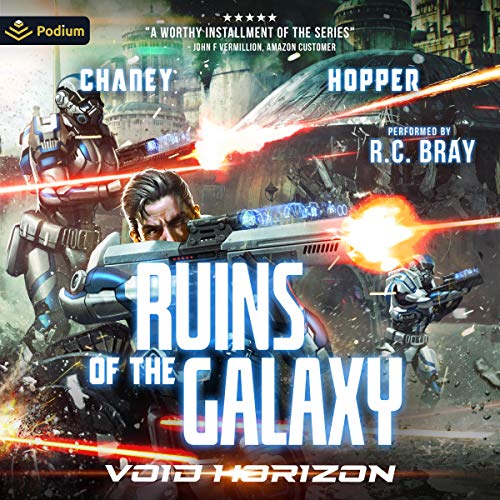
“But as the evolution of planetary systems can be chaotic and messy, members can be ejected from the system leading to most likely rogue planets with masses similar to Mars or Earth.” “The first idea suggests that rogue planets form like planets in the Solar System, condensing from the protoplanetary disk that accompanies stars when they are born,” Johnson explains. This is the closest such object to the Solar System discovered thus far.

ESO’s New Technology Telescope at the La Silla Observatory captures the rogue planet CFBDSIR J214947.2-040308.9 in infrared light–appearing as a faint blue dot near the centre of the picture. Each process would likely lead to rogue planets with radically different qualities.
Rogue galaxy wallpaper menu free#
The main two competing theories suggest that these stars either are thrown free of their parent star, or form in isolation. Thus far, much mystery surrounds the process that sees these planets freed from orbit around a star. Rogue by Name, Rogue by Nature: Mysterious and Missing The team’s simulations showed that Roman could spot hundreds of these mysterious rogue planets, in the process, helping researchers identify how they came to wander the galaxy alone and indicating how great this population could be in the wider Universe. “Roman will be good at detecting microlensing events from any type of ‘lens’ - whether it be a star or something else - because it has a large field of view and a high observational cadence.” “We performed simulations of the upcoming Nancy Grace Roman Space Telescope (Roman) Galactic Exoplanet Survey to determine how sensitive it is to microlensing events caused by rogue planets,” Johnson says. Up to now, very few very of these orphan planets have actually been spotted by astronomers, but the authors’ simulations suggest that with the upcoming launch of NASA’s Nancy Grace Roman Space Telescope in the mid-2020s, this situation could change. “Although these planets could not host life, it is quite a place to travel to with your imagination. The possibility of rogue planets in our galaxy had not occurred to me until coming to Ohio State.” This artist’s conception illustrates a Jupiter-like planet alone in the dark of space, floating freely without a parent star.

You would have a perfect view of the night sky but stuck in an eternal night,” lead author of the study, Samson Johnson, an astronomy graduate student at The Ohio State University, tells ZME Science. “Think about how crazy it is that there could be an Earth, a Mars, or a Jupiter floating all alone through the galaxy. ‘Rogue planets’ could, in fact, outnumber stars in our galaxy, a new study published in the Astronomical Journal indicates. These nomad planets freely drift through galaxies alone, thus challenging the commonly accepted image of planets orbiting a parent star. The Milky Way is home to a multitude of lonely drifting objects, galactic orphans - with a mass similar to that of a planet - separated from a parent star. These orphan planets could be discovered en masse by an outcoming NASA project - Nancy Grace Roman Space Telescope. Our galaxy is teeming with rogue planets either torn from their parent stars by chaotic conditions or born separate from a star.


 0 kommentar(er)
0 kommentar(er)
